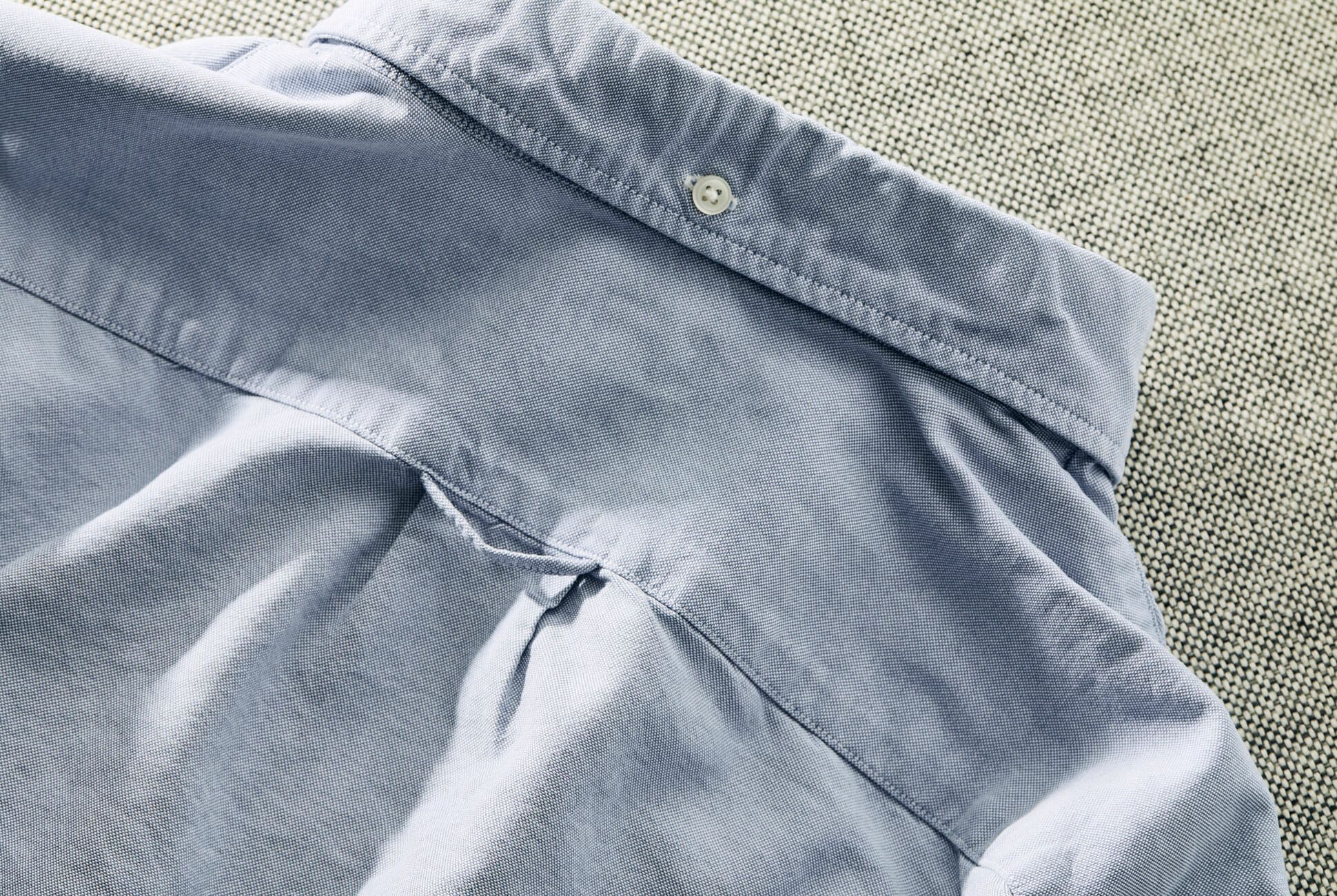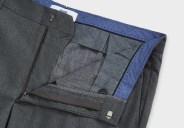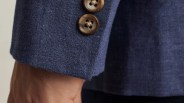More likely than not, you’ve seen it. You might even be wearing one: a small loop of fabric located at the back of a shirt. You probably didn’t know it’s there to serve a very specific purpose, although its significance goes way beyond its use.
Firstly, It’s Called a “Locker Loop”
Commonly known as a locker loop, this little detail at the back of the collar or at the center of the yoke (the panel of fabric that spans the upper portion of the shirt, from shoulder to shoulder) has a very specific purpose that goes all the way back to the mid-1900s.
Because lockers weren’t wide enough to accommodate a clothing hanger, shirts were sewn with fabric loops that could hang on hooks inside of the lockers.
The locker loop is said to have first appeared on the garments of sailors. With limited room, ships were outfitted with space-saving lockers instead of closets. Because these lockers weren’t wide enough to accommodate a clothing hanger, shirts were sewn with fabric loops that could hang on hooks inside of the lockers. Hanging, instead of folding, prevented wrinkles.

The locker loop gained popularity and eventually made its way onto dry land when Gant Shirtmakers incorporated the detail into its line of oxford cloth button-downs. As the official fashion brand of Yale, Gant produced shirts that were a mainstay on the New Haven campus, informing popular men’s style throughout the US in the 1950s and 1960s.







